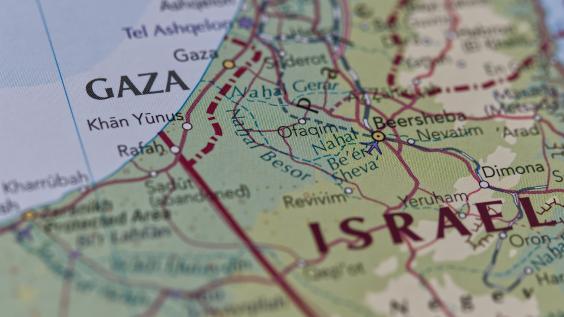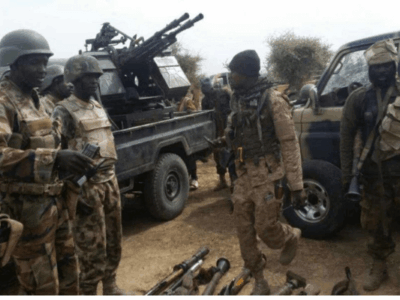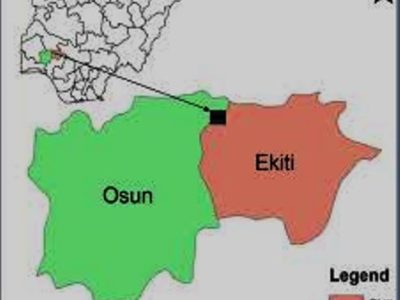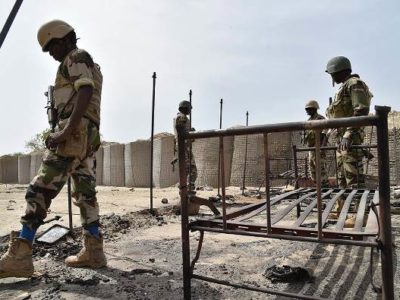By Joseph Obidi Anagba
After months of bloodshed, displacement, and diplomatic deadlock, the world watched with cautious relief as the United States announced a peace deal between Israel and Hamas — a truce that promises to end one of the most devastating cycles of violence in recent Middle Eastern history. But beyond the hopeful headlines lies a more complex question: can this fragile peace endure, or is it merely a pause before the next eruption?
Washington’s Return to the Peace Table
For years, the United States has struggled to reclaim its once-dominant role as a peace broker in the Middle East. The new agreement, painstakingly negotiated through regional intermediaries such as Turkiye, Egypt and Qatar, signals Washington’s renewed determination to reassert its diplomatic influence amid a shifting global order.
Analysts suggest that President Donald Trump’s administration saw the truce as both a moral imperative and a strategic necessity. With rising global instability—from Sudan, the Sahel, Ukraine to the South China Sea—the U.S. needed a diplomatic success to reinforce its credibility as a global leader capable of managing crises beyond its borders.
Previous deals like the Camp David Accord signed by the Egypt’s Anwar el Sadat and Israeli President Menachem Begin in 1978 were described as a “Framework for Peace in the Middle East” which sought for a Two State solution between Israel and Palestine and maintenance of peace and stability with Arab states and the Oslo Accords signed by Israeli President Yitzhak Rabin and President of Palestinian Liberation Organization, Yasser Arafat in 1994 in Washington in the presence of US President, Bill Clinton which was described as a “Phased transfer of governmental authority to the Palestinians over the Strip’s control, except for the settlement bloc and military areas”.
Both deals predate the 2020 Abraham Accords initiated by the administration of President Donald Trump with four Arab states in Bahrain, United Arab Emirate (UAE), Sudan and Morocco. The deal was supposed to bring lastly peace and stability to the region.
Terms of a Fragile Peace
While full details of the accord remain closely guarded, reports indicate that the truce includes a phased cessation of hostilities, the gradual lifting of the blockade on Gaza, and the supervised release of hostages and political detainees. In return, Hamas is expected to halt rocket attacks and commit to internationally monitored disarmament steps, while Israel agrees to open humanitarian corridors and ease restrictions on goods and movement inside the Gaza Strip.
Still, the underlying tensions that have fueled the conflict for decades — land disputes, security concerns, and the question of Palestinian statehood — remain unresolved. Without addressing these root causes, peace could prove fleeting.
Regional Reactions and Global Stakes
Reactions to the U.S.-brokered deal have been mixed across the Middle East. Egypt and Jordan, longtime supporters of peace efforts, have welcomed the development, calling it a step toward stability. Iran, however, has dismissed the accord as an “illusion,” accusing Washington of trying to reshape the region to serve its own interests.
For Gulf states that recently normalized relations with Israel under the Abraham Accords, the truce could open new pathways for regional cooperation — but also reignite debates about the legitimacy of negotiating with Hamas, a group many still label as a terrorist organization.
In 2002, as an added incentive to see out the Israel-Palestinian peace process, the Arab League endorsed, a Saudi Arabia proposed deal known as the “Arab Peace Initiative” for its members states to establish normal relations with Israel in exchange for an independent Palestinian State. However, Israel’s continuous expansion and acquisition of more Palestinian lands in occupied West Bank and the Gaza Strip have dissipated the deal.
Globally, the agreement has been seen as a diplomatic test of American leadership. In an era of growing multipolar competition, Washington’s success or failure in sustaining peace between Israel and Hamas will shape perceptions of U.S. influence from Brussels to Beijing, New York to Addis Ababa.
Hope Meets History
History is not on the side of optimism. Previous ceasefires, from Camp David Accords in the 1970s to the Oslo Accords in the 1990s to the more recent temporary truces under the Abraham Accords, have crumbled under the weight of mistrust and political division. Yet, unlike those earlier efforts, this peace comes at a time of deep humanitarian fatigue — both in Israel and Gaza, where millions yearn for normalcy more than revenge as seen by global leaders clamour at the just concluded United Nations General Assembly in New York.
If sustained, the deal could create a rare opening for reconstruction, reconciliation, and regional dialogue. If it collapses, the fallout will be disastrous — not only for Israelis and Palestinians but for U.S. credibility and the wider pursuit of peace in the Middle East.
The Verdict
For now, Washington has bought the world a moment of calm — but peace in the Middle East has never been built on moments; it requires movements. The success of this truce will depend on whether the parties move beyond mutual suspicion and toward mutual survival.
In the end, the U.S. may have brokered the peace, but only Israelis and Palestinians can make it last.
Anagba, Joseph Obidi. Researcher, Institute for Peace and Conflict Resolution (IPCR). He can be reached on [email protected]



















